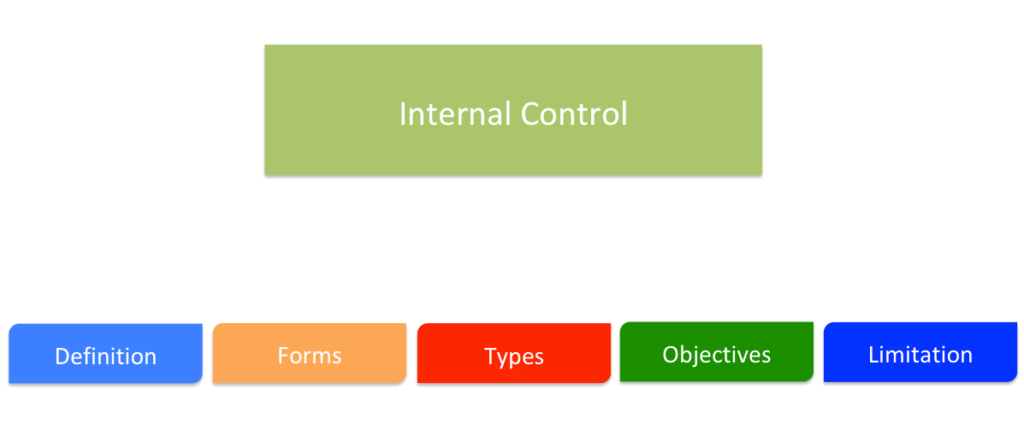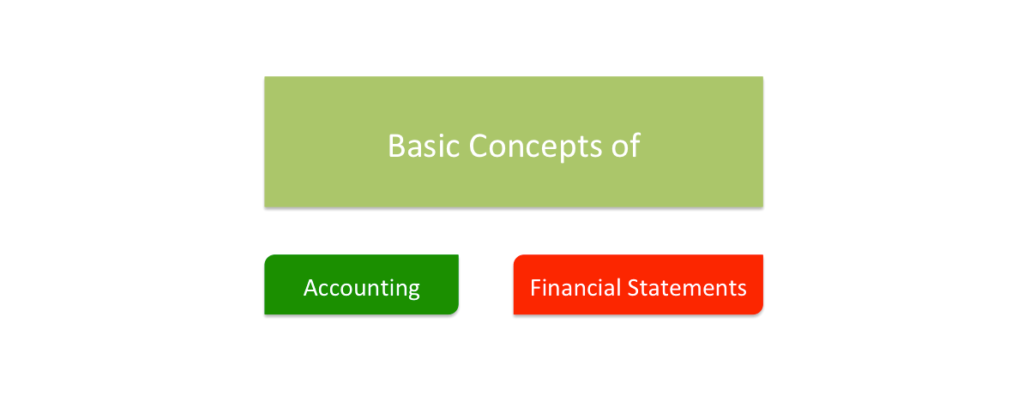Social audit as a term was used as far back as the 1950s. However, in the last decade, the term has acquired new relevance in India. It is generally believed today that it is the duty of the privately owned enterprise to ensure that it does not adversely affect the life of the community in which it operates. It is also expected that businesses should make positive contribution to the life of the community. The increasing demand for socially oriented programmes and disclosure of environmental effects of organisational behaviour has created pressure for adopting some kind of social auditing procedure.
Background
Kreps Theodore J is regarded as the founding father of social audit concept. In India, TISCO was the first company to set up a Social Audit Committee for conducting social audit of its work under the chairmanship of Justice S.P. Kotwal, and Prof. Rajini Kothari and Prof. P.G. Mavalankar as members. This committee was entrusted with the task of “examining and reporting whether, and the extent to which, the TISCO has fulfilled the objectives contained in Clause 3A of its Articles of Association regarding its social and moral responsibilities to the consumers, employees, shareholders, and the local community”.
Concept of Social Audit
In general, Social Audit refers to a process for measuring, understanding, reporting and improving the social performance of an activity of an organization. Social Audit has been defined as a process of identification and examination of the activities of the firm in order to assess, evaluate, measure and report their impact on the immediate social environment.
Salient Features of Social Audit
- Areas for social audit include any activity which has a significant social impact. Example: Social Audit of activities of an organisation affecting surrounding environmental quality.
- It can determine only what an organization is doing in social areas, not the amount of social good that results from these activities. It is a process audit rather than an audit for results.
- Social performance is difficult to audit because most of the results of social activities occur beyond the organisation’s gate and it cannot get precise data from outside sources.
- Both the quantitative and qualitative data are used in the social audit. The qualitative data is often used to supplement the quantitative data.
- No professional standards and qualifications are prescribed for a social auditor.
Key Principles of Social Audit
Eight specific key principles have been identified from Social Auditing practices around the world.
- Multi-Perspective/Polyvocal: Aim to reflect the views (voices) of all those people (stakeholders) involved with or affected by the organization/department/ programme.
- Comprehensive: Aims to (eventually) report on all aspects of the organisationʹs work and performance.
- Participatory: Encourages participation of stakeholders and sharing of their values.
- Multidirectional: Stakeholders share and give feedback on multiple aspects.
- Regular: Aims to produce social accounts on a regular basis so that the concept and the practice become embedded in the culture of the organisation covering all the activities.
- Comparative: Provides a means, whereby, the organisation can compare its own performance each year and against appropriate external norms or benchmarks; and provide for comparisons with organisations doing similar work and reporting in similar fashion.
- Verification: Ensures that the social accounts are audited by a suitably experienced person or agency with no vested interest in the organisation.
- Disclosure: Ensures that the audited accounts are disclosed to stakeholders and the wider community in the interests of accountability and transparency.
Objectives of Social Audit
- Promote transparency and accountability in the implementation of the programme.
- Involve all stakeholders
- To monitor social and ethical impact and performance of the organization;
- To provide a basis for shaping management strategy in a socially responsible and accountable way and to design strategies;
- To facilitate organizational learning on how to improve social performance;
- To facilitate the strategic management of institutions (including concern for their influence and social impact on organizations and communities);
- To inform the community, public, other organizations and institutions about the allocation of their resources (time and money); this refers to issues of accountability, ethics (e.g., ethical investment) etc.
Advantages of social audit
- Helps to assess achievement of social objectives of an organisation.
- Encourages greater concern for social performance throughout the organisation.
- Provides a recognized method for bringing the social point of view to the attention of management
- Provides data for comparing effectiveness of the different types of programmes.
- Develops human resources and social capital
- Helps the organization to build up the image and reputation in public domain.
Limitations
- Complicated & time consuming
- No clear methodology
- Difficult define the scope
- Subjective
- Lack of qualified trainers
- Limited practical utility
This article is not written in respect of Social Audit from Government’s point of view but from generalist & management perspective.




